

Manhattan Showing with assay results returning uranium grades ranging from 0.72% to 8.10% U3O8 in outcrop grab samples.
Standard Uranium Ltd. (TSXV: STND,OTC:STTDF) (OTCQB: STTDF) (FSE: 9SU0) (‘Standard Uranium’ or the ‘Company’) is pleased to announce final assay results from its 2025 exploration programs the Corvo Uranium Project (‘Corvo’, or the ‘Project’), currently under a three-year earn-in option agreement with Aventis Energy Inc. (‘Aventis’) (CSE: AVE).
From July 4 to July 16, 2025, the Company completed a detailed mapping and sampling program across historical uranium showings and zones of interest on the Project. Assay results confirm uranium mineralization across the Project, including high-grade* surface mineralization at the Manhattan Showing.
Highlights:
-
High-Grade Uranium at Surface: Verification of surficial uranium mineralization across the Project, including the historical Manhattan Showing with assay results returning uranium grades ranging from 0.72% to 8.10% U3O8 in outcrop grab samples.
-
Discovery of New Radioactive Showings: Scintillometer prospecting uncovered previously undocumented radioactive occurrences across the Project in favorable rock types for uranium and Rare Earth Element (‘REE’) mineralization.
-
Ongoing Exploration: An extensive ground gravity survey is scheduled for December 2025, designed to identify density anomalies potentially representing hydrothermal alteration systems coincident with newly refined EM conductor trends across the Project. A diamond drill program is being planned for Q1 2026 to begin testing targets developed and ranked through the successful programs executed in 2025.
‘Our geochemical assays returning the highest uranium grades ever reported on the Project increases our confidence and excitement, as we were able to repeat historic results and identify new areas of mineralization at surface,’ said Sean Hillacre, President & VP Exploration of Standard Uranium. ‘We will continue to bolster our targeting strategy through the December ground gravity program leading into the first drill program on the Project in more than 40 years.’

Figure 1. Regional map of the Corvo Project. The Project is located 60 km due east of Cameco’s McArthur River mine and 45 km northeast of Atha Energy’s Gemini Mineralized Zone (‘GMZ’).
To view an enhanced version of this graphic, please visit:
https://images.newsfilecorp.com/files/10633/270985_03afcce444773bc1_001full.jpg
2025 Prospecting Program – Geochemical Assay Results
Beginning July 4 and concluding July 16, 2025, the Standard Uranium technical team completed a detailed mapping, prospecting, and sampling program to ground-truth historical uranium showings at surface on the Project. Prospecting confirmed several uraniferous outcrops and boulders across the Project, including at the Manhattan showing (0.72% to 8.10% U3O8; Figure 2).
A total of 30 outcrop and boulder grab samples were submitted to Saskatchewan Research Council Geoanalytical Laboratories in Saskatoon, SK, an ISO/IEC 17025:2017 and Standards Council of Canada certified analytical laboratory, for whole-rock, uranium, and REE geochemical analysis. Uranium and Total Rare Earth Element Oxides including Yttrium oxide (TREO*) results from 28 radioactive samples are summarized below in Table 1. Oxide TREO* values in Table 1 refer to total amounts of the REE oxides in the lanthanide series plus the chemically similar element Yttrium (Y2O3). Parts per million (‘ppm’) values are converted to oxide wt.% values through the applicable conversion factor relating to each REE oxide and then summed3.
Table 1. Corvo 2025 Prospecting Uranium and TREO* Geochemical Assays
| Sample | Easting | Northing | Type | Lithology | Uranium (total, ppm) |
U3O8 (wt.%) |
TREO* (wt.%) |
| Manhattan Showing: | |||||||
| 214010 | 561099 | 6408003 | Outcrop | Paragneiss | 65,700 | 8.100 | 0.190 |
| 244959 | 561102 | 6408006 | Outcrop | Paragneiss | 51,100 | 5.140 | 0.144 |
| 214011 | 561099 | 6408003 | Outcrop | Paragneiss | 32,400 | 4.230 | 0.124 |
| 244960 | 561102 | 6408006 | Outcrop | Paragneiss | 5,960 | 0.718 | 0.041 |
| 244962 | 561707 | 6406667 | Boulder | Pegmatite | 2,160 | 0.260 | 0.054 |
| 244975 | 562085 | 6408020 | Outcrop | Orthogneiss | 845 | 0.095 | 0.036 |
| 244964 | 560919 | 6405920 | Boulder | Pegmatite | 575 | 0.059 | 0.083 |
| 244973 | 561790 | 6406254 | Outcrop | Orthogneiss | 287 | 0.034 | 0.058 |
| 244954 | 563482 | 6407023 | Outcrop | Lithological Contact | 363 | 0.033 | 0.139 |
| 244956 | 563722 | 6407404 | Boulder | Pegmatite | 291 | 0.029 | 0.023 |
| 244951 | 562348 | 6405779 | Outcrop | Pegmatite | 261 | 0.022 | 0.013 |
| 244969 | 558245 | 6405053 | Boulder | Pegmatite | 143 | 0.022 | 0.089 |
| 244971 | 558816 | 6406058 | Boulder | Orthogneiss | 258 | 0.019 | 0.022 |
| 244966 | 560807 | 6406127 | Outcrop | Pegmatite | 68.6 | 0.016 | 0.072 |
| 244961 | 561108 | 6408008 | Outcrop | Paragneiss | 150 | 0.016 | 0.055 |
| 244965 | 560807 | 6406127 | Outcrop | Pegmatite | 204 | 0.013 | 0.054 |
| 244970 | 559010 | 6405565 | Outcrop | Pegmatite | 119 | 0.012 | 0.017 |
| 244958 | 561288 | 6404091 | Boulder | Pegmatite | 110 | 0.012 | 0.048 |
| 244963 | 561786 | 6406272 | Outcrop | Pegmatite | 43.4 | 0.009 | 0.010 |
| 244976 | 559294 | 6407164 | Outcrop | Pegmatite | 92.8 | 0.008 | 0.023 |
| 244967 | 560783 | 6406159 | Outcrop | Pegmatite | 22.8 | 0.003 | 0.114 |
| 244957 | 564150 | 6407779 | Boulder | Pegmatite | 40.4 | 0.003 | 0.008 |
| 244974 | 560382 | 6407282 | Outcrop | Paragneiss | 2.81 | 0.002 | 0.023 |
| 244972 | 561786 | 6406276 | Outcrop | Pegmatite | 23.9 | 0.002 | 0.009 |
| 244952 | 561744 | 6405987 | Outcrop | Pegmatite | 150 | 0.127 | |
| 244968 | 561022 | 6406015 | Boulder | Pegmatite | 101 | 0.121 | |
| 244955 | 563534 | 6407318 | Outcrop | Pegmatite | 19.7 | 0.293 | |
| 244953 | 561703 | 6405969 | Outcrop | Pegmatite | 15.3 | 0.024 | |
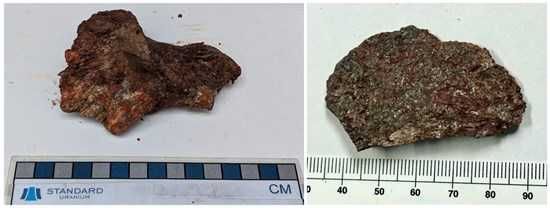
Figure 2. Manhattan Showing high-grade samples (Left) Hand sample 244959 – 5.14 wt.% U3O8 (Right) Hand sample 214010 – 8.10 wt.% U3O8. Scale bars units are metric (cm / mm).
To view an enhanced version of this graphic, please visit:
https://images.newsfilecorp.com/files/10633/270985_03afcce444773bc1_002full.jpg
Corvo Exploration
Supplementary geophysical surveys across the Project have been designed to further refine drill targets for an inaugural drill program in 2026. The Company will complete a high-resolution ground gravity survey across the main conductive trends on the Project, aiming to identify potential hydrothermal alteration halos which could be related to basement-hosted uranium mineralization.
Earlier this year, the Company contracted Axiom Exploration Group Ltd. in partnership with New Resolution Geophysics to carry out a helicopter-borne Xcite time domain electromagnetic and total field magnetic survey over the Corvo Project2. The survey totalled approximately 1,380 line-kms with a traverse line spacing of 100 m and tie-line spacing of 1,000 m. The airborne TDEM survey outlines several kilometers of conductive anomalies and magnetic features in bedrock, effectively enhancing the resolution of more than 29 kilometres of conductive trends on the project.
Ongoing geophysical interpretation and modeling is being completed to integrate historical surveys with newly collected datasets, which will provide high-priority drill targets and significantly derisk the Project prior to modern drilling in 2026.
The Company believes the Project is highly prospective for the discovery of shallow, high-grade basement-hosted uranium mineralization akin to the Rabbit Lake deposit and the recently discovered Gemini Mineralized Zone. Located just outside the current margin of the Athabasca Basin, Corvo boasts shallow drill targets with bedrock under minimal cover of glacial till.
Qualified Person Statement
The scientific and technical information contained in this news release has been reviewed, verified, and approved by Sean Hillacre, P.Geo., President and VP Exploration of the Company and a ‘qualified person’ as defined in NI 43-101 – Standards of Disclosure for Mineral Projects.
Samples collected for analysis were sent to SRC Geoanalytical Laboratories in Saskatoon, Saskatchewan for preparation, processing, and ICP-MS or ICP-OES multi-element analysis using total and partial digestion and boron by fusion. Radioactive samples were tested using the ICP1 uranium multi-element exploration package plus boron. All samples marked as radioactive upon arrival to the lab were also analyzed using the U3O8 assay (reported in wt.%). SRC is an ISO/IEC 17025:2005 and Standards Council of Canada certified analytical laboratory. Blanks, standard reference materials, and repeats were inserted into the sample stream at regular intervals in accordance with Standard Uranium’s quality assurance/quality control (QA/QC) protocols. All samples passed internal QA/QC protocols and the results presented in this release are deemed complete, reliable, and repeatable.
REE oxide conversion factors3 were verified using the following formulas:
Convert REE (Rare Earth Element) ppm to REO (Rare Earth Oxide): REO % = (ppm / Atomic Weight of REE) * (Molecular Weight of REO / 10,000).
Element-to-oxide conversion factor: Molecular weight of the oxide / atomic weight of the element. For oxides with more than one metal cation, account for the number of cations in the formula.
Historical data disclosed in this news release relating to sampling results from previous operators are historical in nature. Neither the Company nor a qualified person has yet verified this data and therefore investors should not place undue reliance on such data. The Company’s future exploration work may include verification of the data. The Company considers historical results to be relevant as an exploration guide and to assess the mineralization as well as economic potential of exploration projects. Any historical grab samples disclosed are selected samples and may not represent true underlying mineralization.
Natural gamma radiation from rocks reported in this news release was measured in counts per second (‘cps’) using a handheld RS-125 super-spectrometer and RS-120 super-scintillometer. Readers are cautioned that scintillometer readings are not uniformly or directly related to uranium grades of the rock sample measured and should be treated only as a preliminary indication of the presence of radioactive minerals. The RS-125 and RS-120 units supplied by Radiation Solutions Inc. (‘RSI’) have been calibrated on specially designed Test Pads by RSI. Standard Uranium maintains an internal QA/QC procedure for calibration and calculation of drift in radioactivity readings through three test pads containing known concentrations of radioactive minerals. Internal test pad radioactivity readings are known and regularly compared to readings measured by the handheld scintillometers for QA/QC purposes.
References
1 SMDI# 2052: https://mineraldeposits.saskatchewan.ca/Home/Viewdetails/2052 & Mineral Assessment Report MAW00047: Eagle Plains Resources Inc., 2011-2012
2Standard Uranium Provides Exploration Update Highlighting Results of Gravity and TDEM Surveys on Three Eastern Athabasca Uranium Projects, News Release, March 13, 2025. https://standarduranium.ca/news-releases/standard-uranium-provides-exploration-update-tdem-surveys-on-three-eastern-athabasca-uranium/
3https://www.jcu.edu.au/advanced-analytical-centre/resources/element-to-stoichiometric-oxide-conversion-factors
*The Company considers uranium mineralization with concentrations greater than 1.0 wt% U3O8 to be ‘high-grade’.
**The Company considers radioactivity readings greater than 65,535 counts per second (cps) on a handheld RS-125 Super-Spectrometer to be ‘off-scale’.
***The Company considers radioactivity readings greater than 300 counts per second (cps) on a handheld RS-125 Super-Spectrometer to be ‘anomalous’.
About Standard Uranium (TSXV: STND,OTC:STTDF)
We find the fuel to power a clean energy future
Standard Uranium is a uranium exploration company and emerging project generator poised for discovery in the world’s richest uranium district. The Company holds interest in over 235,435 acres (95,277 hectares) in the world-class Athabasca Basin in Saskatchewan, Canada. Since its establishment, Standard Uranium has focused on the identification, acquisition, and exploration of Athabasca-style uranium targets with a view to discovery and future development.
Standard Uranium’s Davidson River Project, in the southwest part of the Athabasca Basin, Saskatchewan, comprises ten mineral claims over 30,737 hectares. Davidson River is highly prospective for basement-hosted uranium deposits due to its location along trend from recent high-grade uranium discoveries. However, owing to the large project size with multiple targets, it remains broadly under-tested by drilling. Recent intersections of wide, structurally deformed and strongly altered shear zones provide significant confidence in the exploration model and future success is expected.
Standard Uranium’s eastern Athabasca projects comprise over 43,185 hectares of prospective land holdings. The eastern basin projects are highly prospective for unconformity related and/or basement hosted uranium deposits based on historical uranium occurrences, recently identified geophysical anomalies, and location along trend from several high-grade uranium discoveries.
Standard Uranium’s Sun Dog project, in the northwest part of the Athabasca Basin, Saskatchewan, is comprised of nine mineral claims over 19,603 hectares. The Sun Dog project is highly prospective for basement and unconformity hosted uranium deposits yet remains largely untested by sufficient drilling despite its location proximal to uranium discoveries in the area.
For further information, contact:
Jon Bey, Chief Executive Officer, and Chairman
Suite 3123, 595 Burrard Street
Vancouver, British Columbia, V7X 1J1
Tel: 1 (306) 850-6699
E-mail: info@standarduranium.ca
Cautionary Statement Regarding Forward-Looking Statements
This news release contains ‘forward-looking statements’ or ‘forward-looking information’ (collectively, ‘forward-looking statements’) within the meaning of applicable securities legislation. All statements, other than statements of historical fact, are forward-looking statements and are based on expectations, estimates and projections as of the date of this news release. Forward-looking statements include, but are not limited to, statements regarding: the timing and content of upcoming work programs; geological interpretations; timing of the Company’s exploration programs; and estimates of market conditions.
Forward-looking statements are subject to a variety of known and unknown risks, uncertainties and other factors that could cause actual events or results to differ from those expressed or implied by forward-looking statements contained herein. There can be no assurance that such statements will prove to be accurate, as actual results and future events could differ materially from those anticipated in such statements. Certain important factors that could cause actual results, performance or achievements to differ materially from those in the forward-looking statements are highlighted in the ‘Risks and Uncertainties’ in the Company’s management discussion and analysis for the fiscal year ended April 30, 2025.
Forward-looking statements are based upon a number of estimates and assumptions that, while considered reasonable by the Company at this time, are inherently subject to significant business, economic and competitive uncertainties and contingencies that may cause the Company’s actual financial results, performance, or achievements to be materially different from those expressed or implied herein. Some of the material factors or assumptions used to develop forward-looking statements include, without limitation: that the transaction with the Optionee will proceed as planned; the future price of uranium; anticipated costs and the Company’s ability to raise additional capital if and when necessary; volatility in the market price of the Company’s securities; future sales of the Company’s securities; the Company’s ability to carry on exploration and development activities; the success of exploration, development and operations activities; the timing and results of drilling programs; the discovery of mineral resources on the Company’s mineral properties; the costs of operating and exploration expenditures; the presence of laws and regulations that may impose restrictions on mining; employee relations; relationships with and claims by local communities and indigenous populations; availability of increasing costs associated with mining inputs and labour; the speculative nature of mineral exploration and development (including the risks of obtaining necessary licenses, permits and approvals from government authorities); uncertainties related to title to mineral properties; assessments by taxation authorities; fluctuations in general macroeconomic conditions.
The forward-looking statements contained in this news release are expressly qualified by this cautionary statement. Any forward-looking statements and the assumptions made with respect thereto are made as of the date of this news release and, accordingly, are subject to change after such date. The Company disclaims any obligation to update any forward-looking statements, whether as a result of new information, future events or otherwise, except as may be required by applicable securities laws. There can be no assurance that forward-looking statements will prove to be accurate, as actual results and future events could differ materially from those anticipated in such statements. Accordingly, readers should not place undue reliance on forward-looking statements.
Neither the TSX-V nor its Regulation Services Provider (as that term is defined in the policies of the TSX-V) accepts responsibility for the adequacy or accuracy of this release.

To view the source version of this press release, please visit https://www.newsfilecorp.com/release/270985
News Provided by Newsfile via QuoteMedia

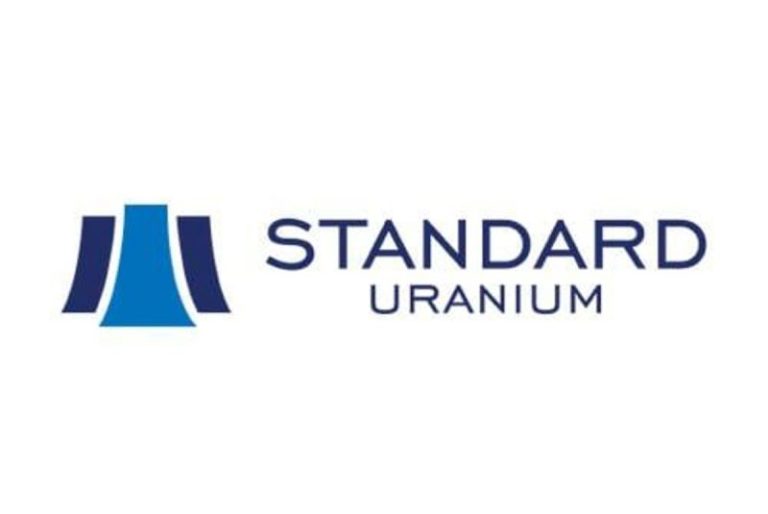









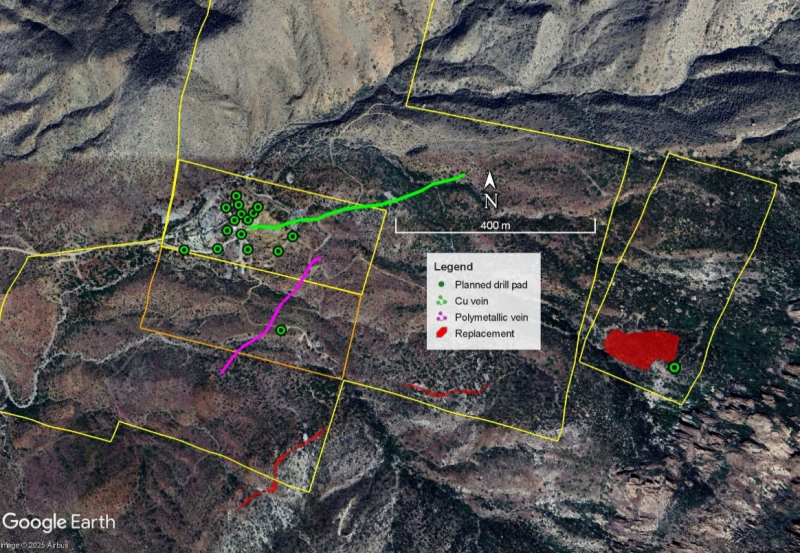
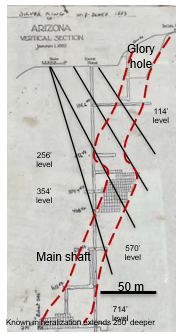













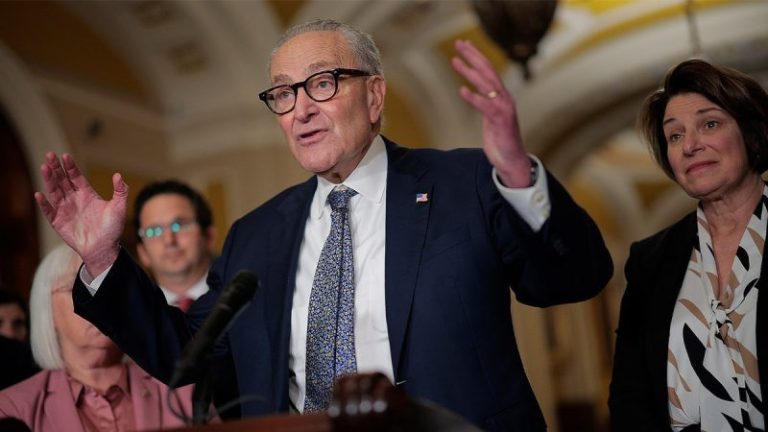
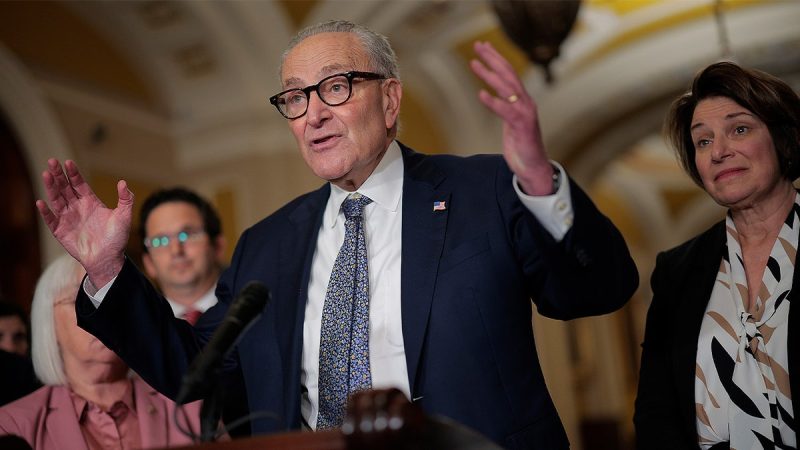
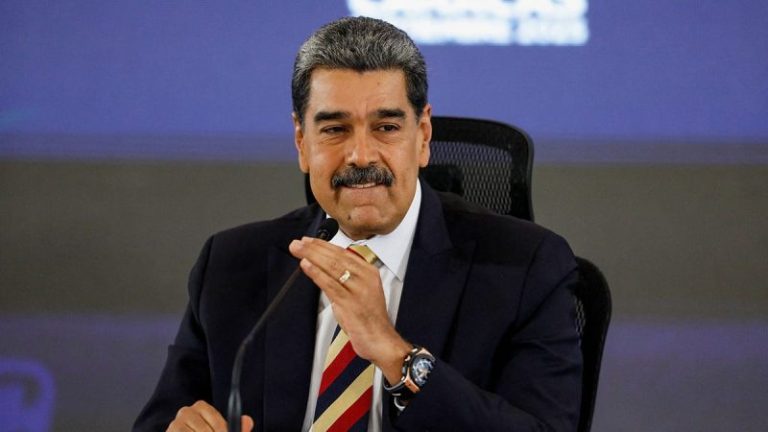
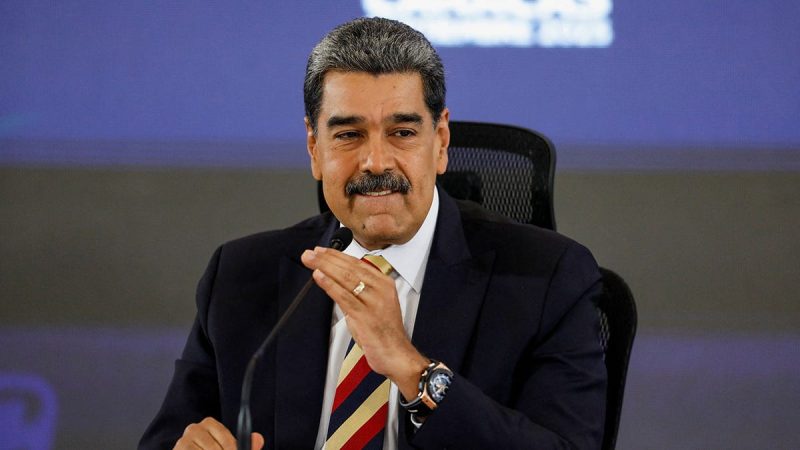




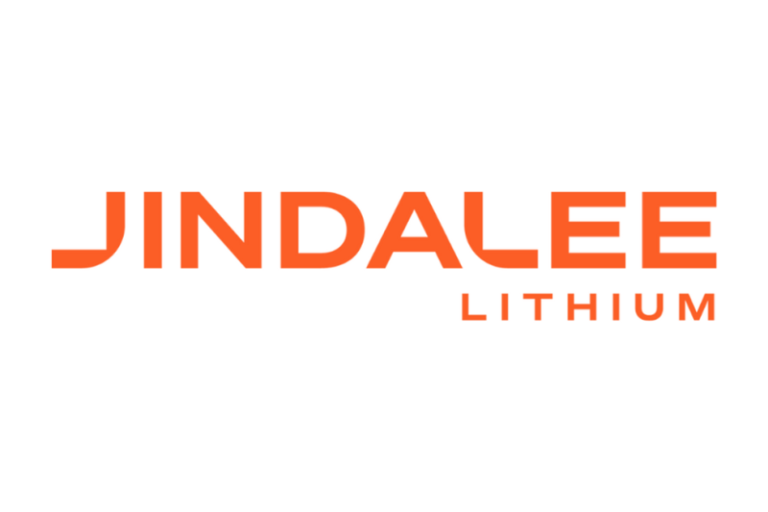
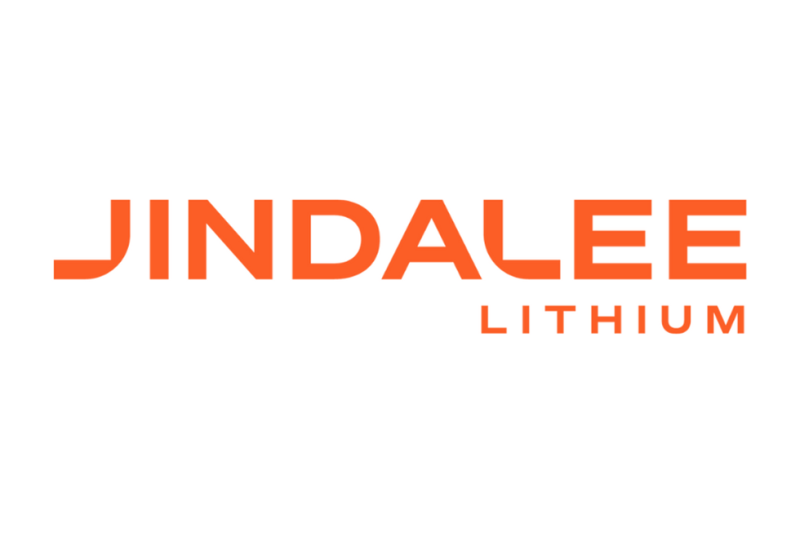
 Jindalee Lithium (JLL:AU) has announced Proposed issue of securities – JLL
Jindalee Lithium (JLL:AU) has announced Proposed issue of securities – JLL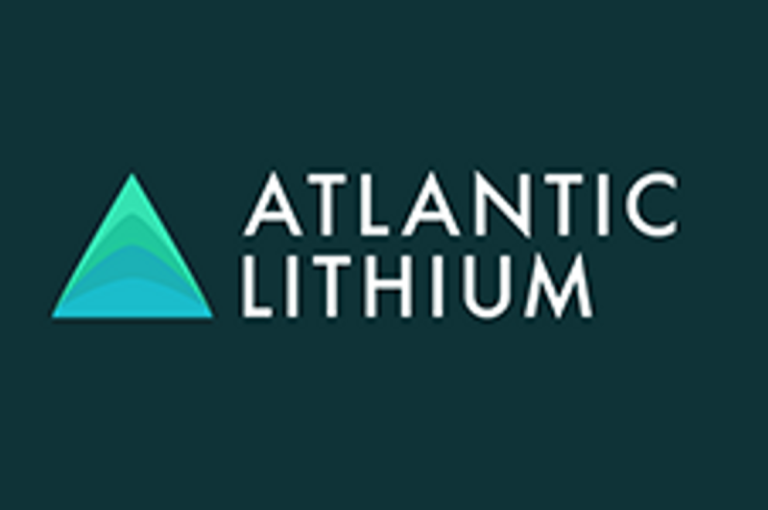
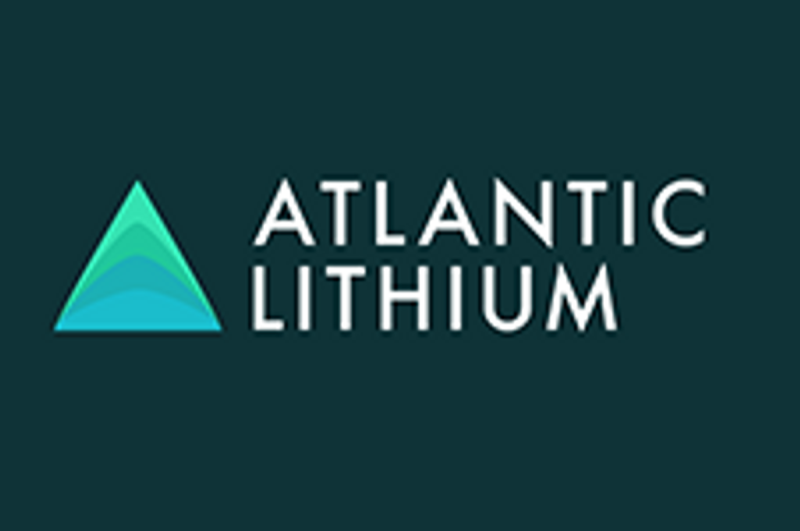
 Atlantic Lithium (A11:AU) has announced Pronounced Lithium-in-soil Anomalies
Atlantic Lithium (A11:AU) has announced Pronounced Lithium-in-soil Anomalies